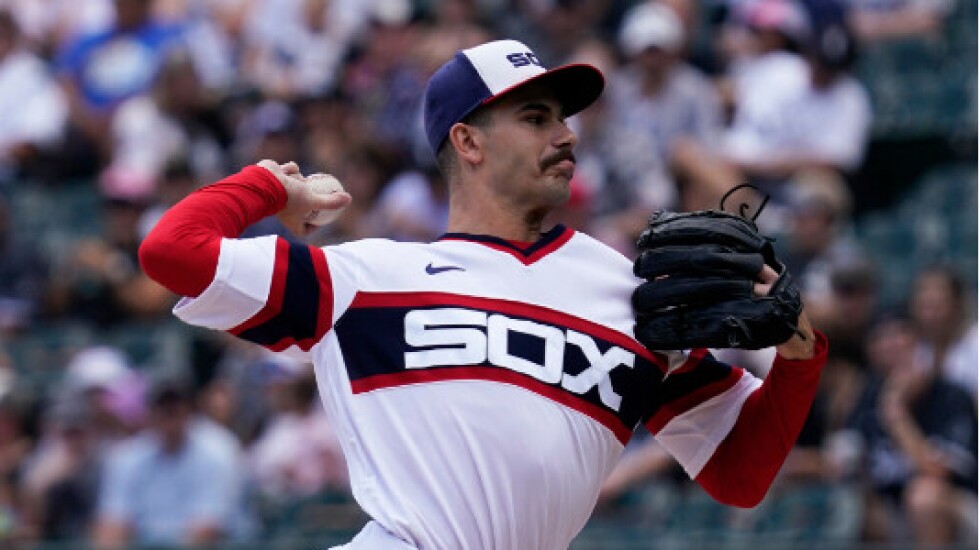
By allowing only five earned runs in 54‰ innings and nine appearances since June 21, White Sox right-hander Dylan Cease has lowered his ERA to 1.98.
Should Cease (12-4) keep his ERA below 2.00, he’ll join a compact group. Since the strike zone was narrowed and the mound lowered from 15 inches to 10 in 1969, only 27 qualifiers for the ERA title have finished below 2.00. Before the changes, there were seven in 1968.
Cease, the Astros’ Justin Verlander (1.73) and the Marlins’ Sandy Alcantara (1.88) are making a run to expand the list to 30.
Included are former Cubs right-hander Jake Arrieta (1.77 in his 22-6 Cy Young season of 2015) and former Sox left-handers Wilbur Wood (1.91 while going 22-13 in 1971) and Dallas Keuchel (1.99 with a 6-2 record in the 60-game COVID season of 2020).
Metrics beyond ERA try to get at how well someone has pitched, as opposed to how good the results have been. Those aren’t necessarily the same thing. Defense has an impact. So does sequencing with random clustering or scattering of hits. Sometimes fly balls yield more or fewer home runs than expected.
In Cease’s case, both performance and results have been extraordinary. Check out a couple of numbers (as listed at Fangraphs.com):
xERA: Expected ERA weighs normal results for each ball in play. Factors include launch angle, exit velocity and opponents’ sprint speed on topped or weakly hit balls.
Cease’s 2.60 xERA ranks second in the majors behind the Rays’ Shane McClanahan (2.44). The Giants’ Carlos Rodon and Alcantara are next at 2.79, with Verlander 10th at 2.96.
The average exit velocity against Cease has been 87.1 mph, the eighth-lowest in the majors among qualifiers (as listed at Baseball Savant). The major-league average is 88.6 mph.
FIP: Fielding independent pitching weighs only outcomes in which the defense is not involved: homers, walks, strikeouts and hit batters. If the defense has to make a play, results can vary with defenders and positioning, so FIP focuses strictly on pitcher-vs.-batter results.
The formula is 13 times homers plus three times walks and hit batters minus two times strikeouts, all divided by innings pitched.
The result usually has nothing to the left of the decimal point and can be a negative number, so a constant is added to give it a relatable ERA look. Rankings would be the same with or without the constant. The addition just makes the stat more user-friendly.
Cease has allowed nine homers, and his 0.66 homers per nine innings ranks ninth-lowest in the majors. His 55 walks are 3.89 per nine innings, and that’s the highest walk rate among qualifiers.
But Cease owns the strikeout category, leading with 12.18 per nine innings on 166 strikeouts. That lowers his FIP to 2.66, the fifth-best among qualifiers. Only the Blue Jays’ Kevin Gausman (1.98 but with a 2.91 ERA) is below 2.00.
Bottom line: By the numbers and by the numbers behind the numbers, Cease has been one of the best.







